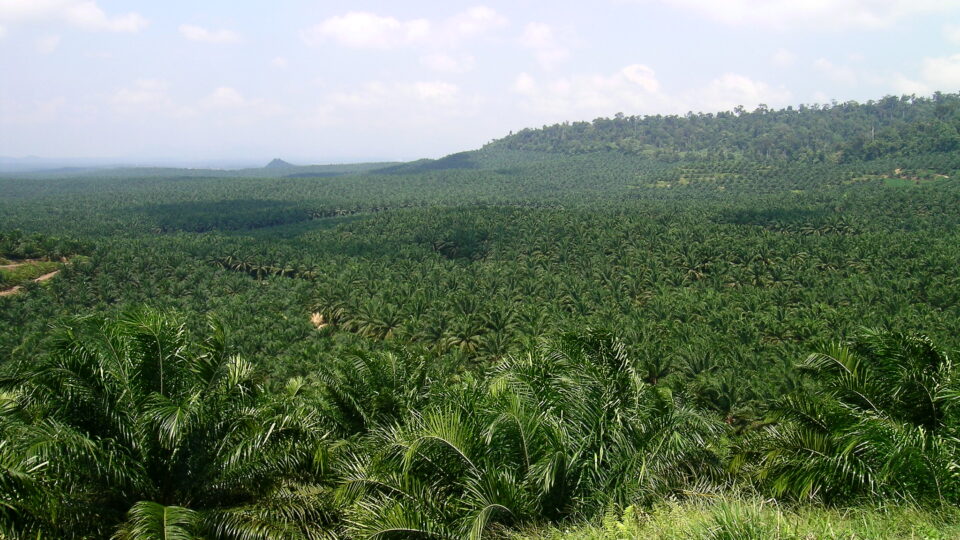Palm oil is the most important source of vegetable oil in the world. The oil itself and ingredients based on it are found in approximately 50% of the products on supermarket shelves, including both food and non-food items. Many of the mysterious chemicals that show up on ingredient lists such as sodium lauryl sulfate are actually derived from palm oil.
Dozens of countries produce palm oil, but about 2/3 of the world’s supply comes from Indonesia and the demand for its oil keeps growing. To keep up with that demand, Indonesia continues to convert valuable ecosystems that contribute greatly to biodiversity to palm production.
A four-year research project at the University of Nebraska- Lincoln has found that keeping up with palm oil demand may not necessarily mean converting valuable, fragile ecosystems into agricultural land. According to the study published in Nature Sustainability, palm oil yields on existing farms and plantations could be greatly increased with improved management practices.
The researchers identified key practices that could lead to larger yield. These include improved harvest methods, better weed control, improved pruning, and better plant nutrition. With such practices, Indonesia could produce 68% more palm oil on existing plantation areas.
The results were surprising to the researchers and are significant from both environmental and economic standpoints. In particular, it could have a great impact on the millions of individual farmers who draw their livelihood from small palm farms often containing just a few acres. In Indonesia, about 42% of land used for palm oil production is owned by smallholder farms.
The researchers are now working with various stakeholders in Indonesia to put these management techniques into practice.
**********
Web Links
Husker research shows palm oil production can grow while protecting ecosystems
Photo, posted August 15, 2006, courtesy of Lian Pin Koh via Flickr.
Earth Wise is a production of WAMC Northeast Public Radio.
